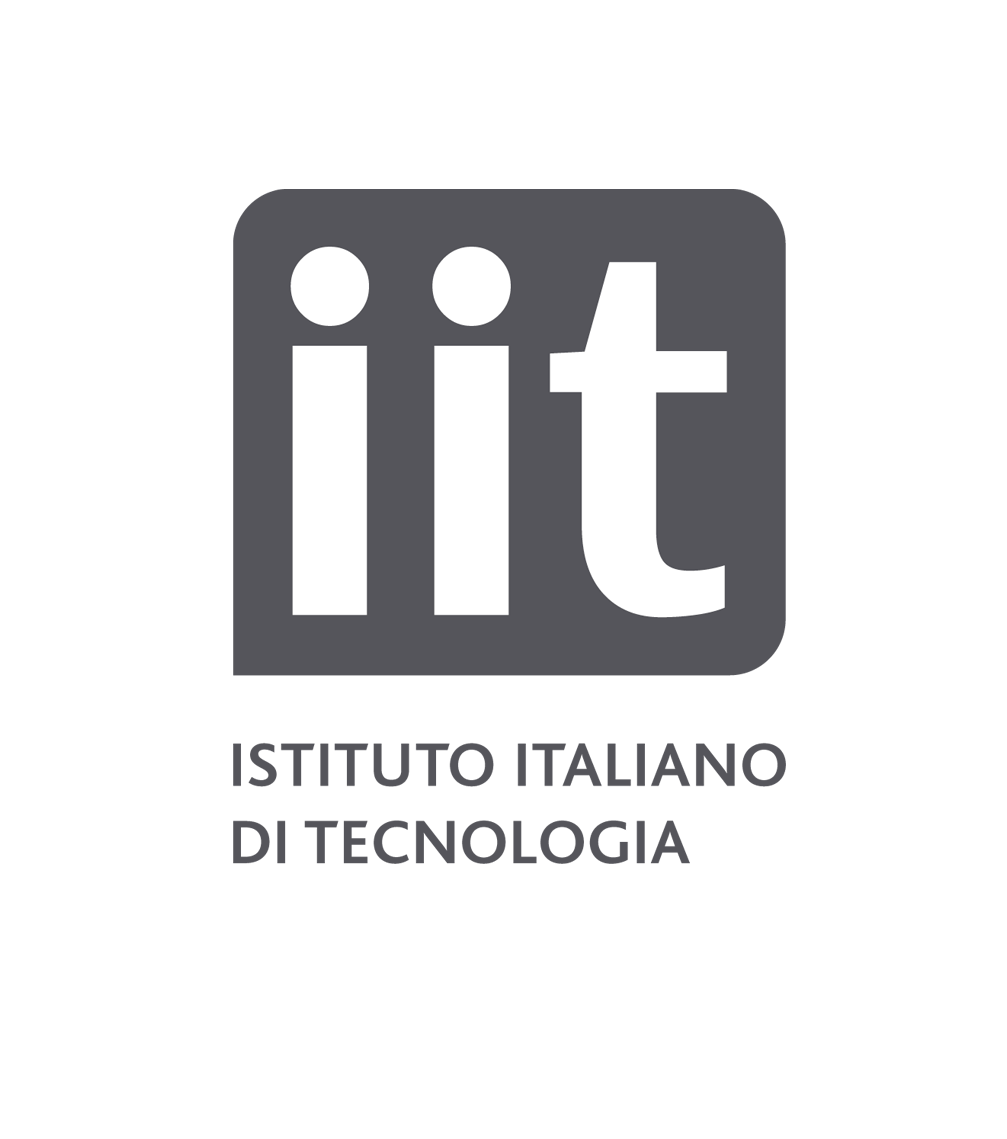Title: Bachelor in Physics
Institute: Università degli Studi di Milano
Location: Milan
Country: Italy
From: 2012 To: 2016
Title: Masters in Physics
Institute: Università degli Studi di Milano
Location: Milan
Country: Italy
From: 2016 To: 2019
Title: PhD
Institute: Scuola Europea di Medicina Molecolare
Location: Milan
Country: Italy
From: 2020 To: 2024
Title: Masters thesis
Institute: Friedrich Miescher Institute
Location: Basel
Country: Switzerland
From: 2019 To: 2021
